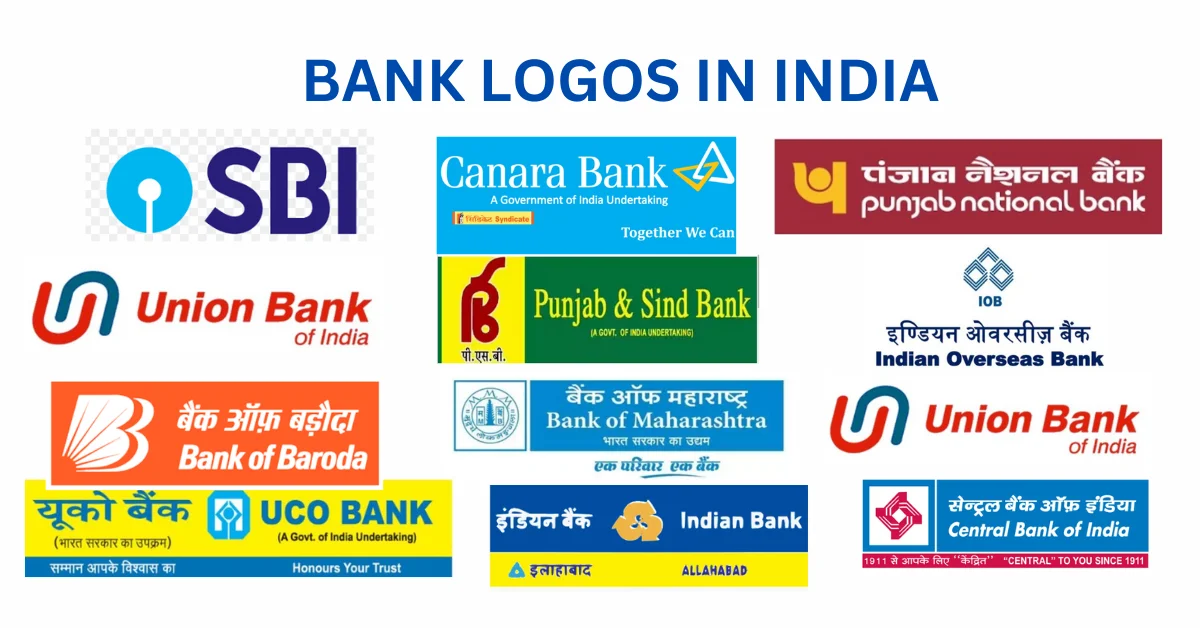In this article we will provide the information related to the Bank logos India. Its include logos from public as well as private sector bank logos. A logo serves as more than just a piece of graphic design; it functions as a distinctive brand signal, conveying and symbolizing brand recognition.
In India, not only do large multinational corporations prioritize their logo designs, but banks, both private and government-owned, also exhibit a high level of sophistication in their logo representations, reflecting the essence of their work through visual designs.
It is crucial to note that these logos have been sourced directly from the official websites of the respective banks.
Therefore, unauthorized use of such logos, especially in fraudulent cases, may lead to legal consequences. However, it is permissible to utilize these logos for educational and research purposes.
PUBLIC SECTOR BANKS LOGO
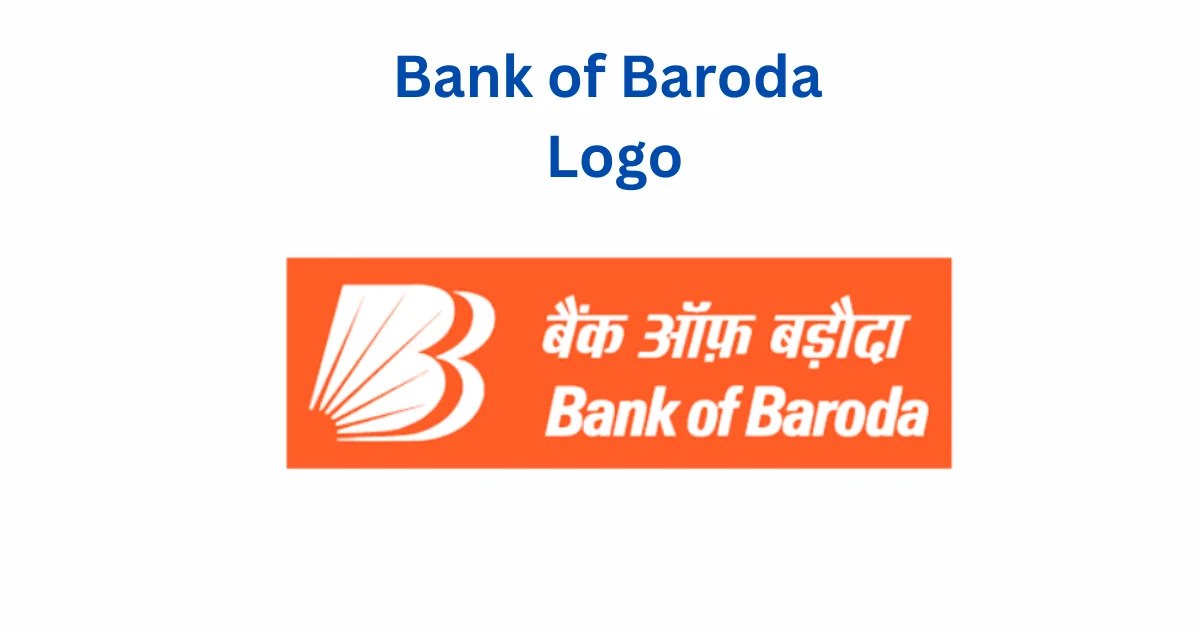
Established: 1908 in Vadodara, Gujarat
Ownership: 63.97%
Branches: 9,693
Total Assets: ₹1,525,878.97 crore (US$190 billion)
Net Profit: ₹110,777.98 crore (US$14 billion)
Highlights: Bank of Baroda is one of the oldest and largest public sector banks in India, providing a wide range of financial services globally.
-
Bank of India:
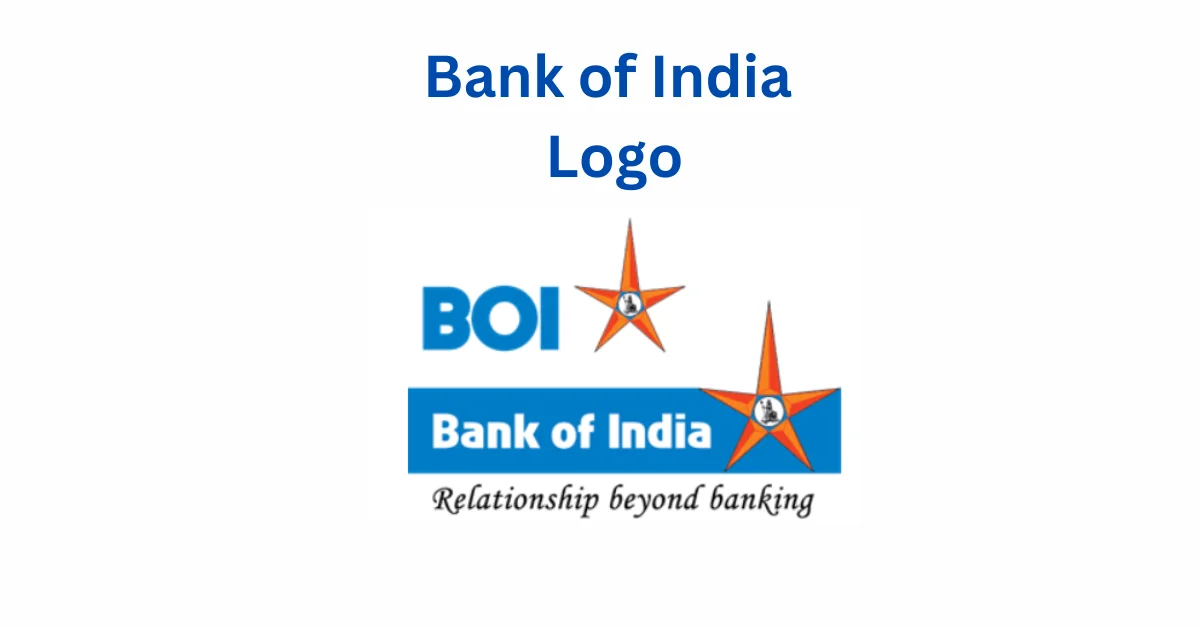
Established: 1906 in Mumbai, Maharashtra
Ownership: 81.41%
Branches: 5,152
Total Assets: ₹815,555.61 crore (US$100 billion)
Net Profit: ₹54,747.61 crore (US$6.9 billion)
Highlights: Bank of India has a rich history and has played a crucial role in the economic development of the country. It offers diverse banking products and services.
-
Bank of Maharashtra
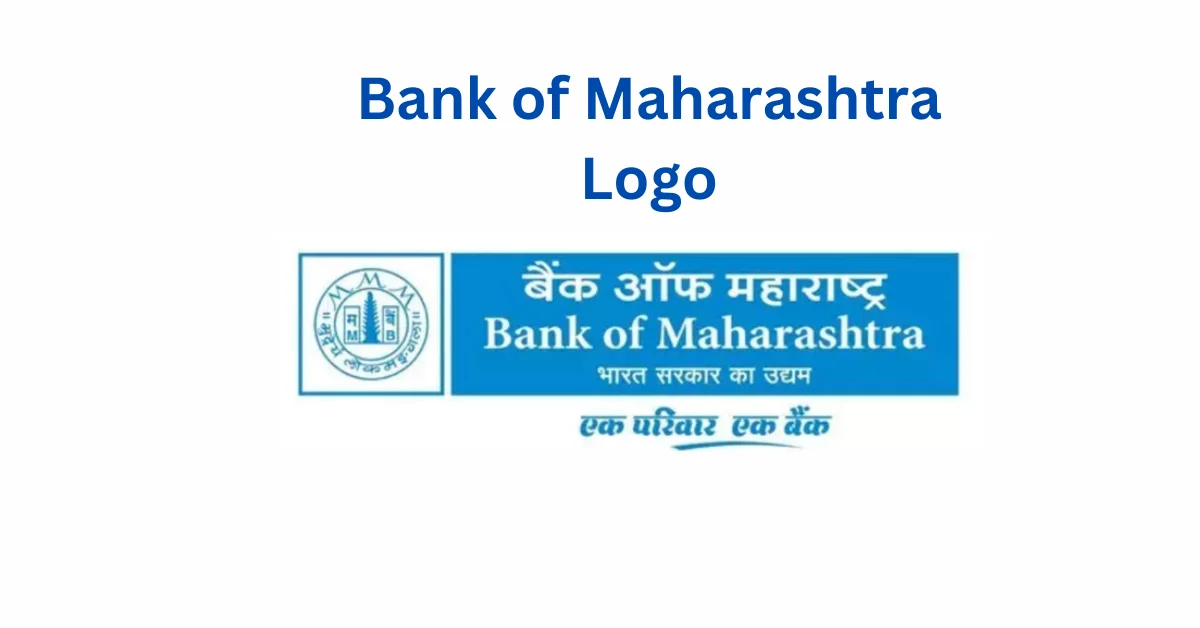
Established: 1935 in Pune, Maharashtra
Ownership: 90.97%
Branches: 2,022
Total Assets: ₹184,082 crore (US$23 billion)
Net Profit: ₹13,144.67 crore (US$1.6 billion)
Highlights: Bank of Maharashtra, with its strong regional presence, contributes significantly to the financial landscape in Maharashtra.
-
Canara Bank

Established: 1906 in Bengaluru, Karnataka
Ownership: 62.93%
Branches: 9,677
Total Assets: ₹1,381,029.56 crore (US$170 billion)
Net Profit: ₹111,209.76 crore (US$14 billion)
Highlights: Canara Bank is known for its customercentric approach and has a vast network of branches catering to diverse banking needs.
-
Central Bank of India
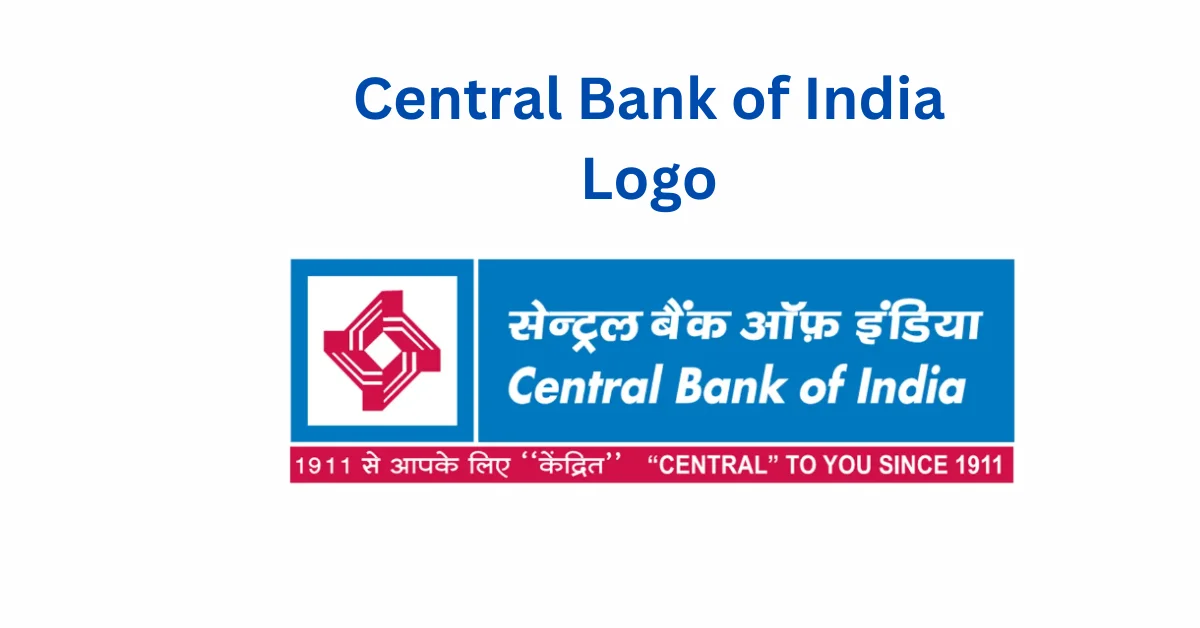
Established: 1911 in Mumbai, Maharashtra
Ownership: 93.08%
Branches: 4,608
Total Assets: ₹369,214.99 crore (US$46 billion)
Net Profit: ₹25,897.44 crore (US$3.2 billion)
Highlights: As one of the oldest banks in India, Central Bank of India has been a key player in the economic growth and financial inclusion of the country.
-
Indian Bank
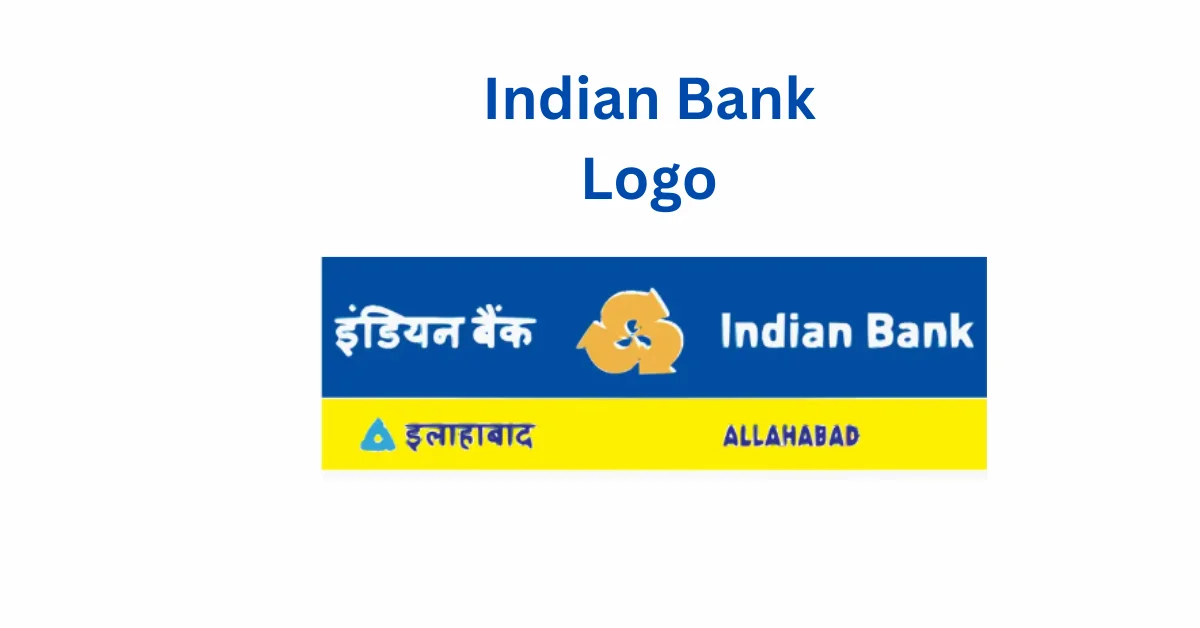
Established: 1907 in Chennai, Tamil Nadu
Ownership: 79.86%
Branches: 5,787
Total Assets: ₹710,500.73 crore (US$89 billion)
Net Profit: ₹52,085 crore (US$6.5 billion)
Highlights: Indian Bank is known for its efficient banking services and has contributed significantly to the development of Tamil Nadu and beyond.
-
Indian Overseas Bank
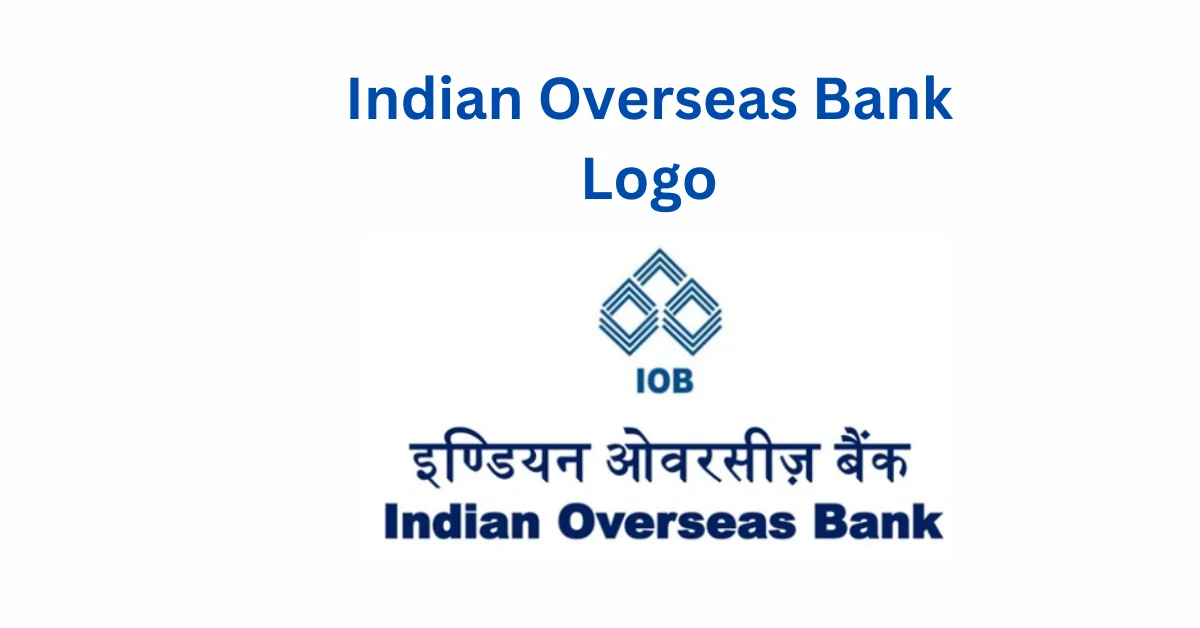
Established: 1937 in Chennai, Tamil Nadu
Ownership: 96.38%
Branches: 3,217
Total Assets: ₹274,000.35 crore (US$34 billion)
Net Profit: ₹22,422.91 crore (US$2.8 billion)
Highlights: With a strong presence in South India, Indian Overseas Bank has been a key player in international banking and trade finance.
-
Punjab and Sind Bank
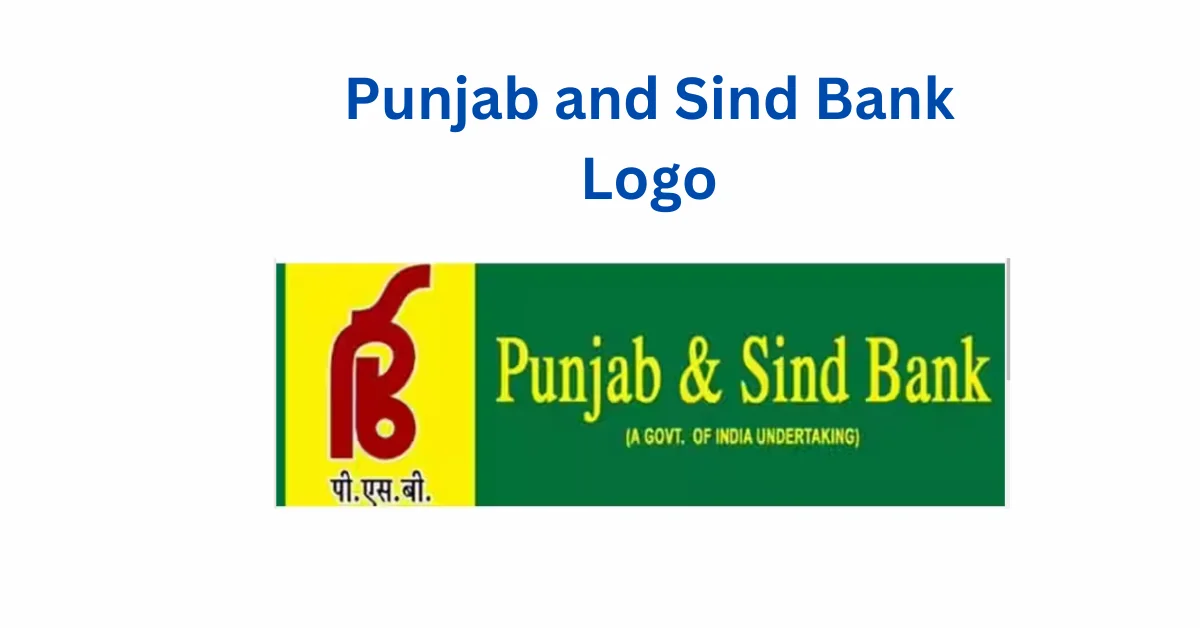
Established: 1908 in New Delhi, NCT of Delhi
Ownership: 97.07%
Branches: 1,526
Total Assets: ₹121,067.55 crore (US$15 billion)
Net Profit: ₹8,826.92 crore (US$1.1 billion)
Highlights: Punjab and Sind Bank, with a significant government ownership, has been serving the financial needs of the northern region of India.
-
Punjab National Bank

Established: 1894 in Dwarka, NCT of Delhi
Ownership: 73.15%
Branches: 10,769
Total Assets: ₹1,493,648.94 crore (US$190 billion)
Net Profit: ₹102,880.50 crore (US$13 billion)
Highlights: Punjab National Bank is one of the oldest and largest public sector banks, playing a vital role in the Indian banking sector.
-
State Bank of India

Established: 1955 in Mumbai, Maharashtra
Ownership: 57.62%
Branches: 22,219
Total Assets: ₹5,954,418.30 crore (US$750 billion)
Net Profit: ₹473,378.14 crore (US$59 billion)
Highlights: State Bank of India, often referred to as the “Banker to the Nation,” is the largest and oldest public sector bank in India, with a vast network and diverse services.
-
UCO Bank

Established: 1943 in Kolkata, West Bengal
Ownership: 95.39%
Branches: 3,087
Total Assets: ₹253,336.1092 crore (US$32 billion)
Net Profit: ₹18,166.42 crore (US$2.3 billion)
Highlights: UCO Bank, with a significant government ownership, has a strong presence in eastern India and has been actively involved in international trade finance.
-
Union Bank of India
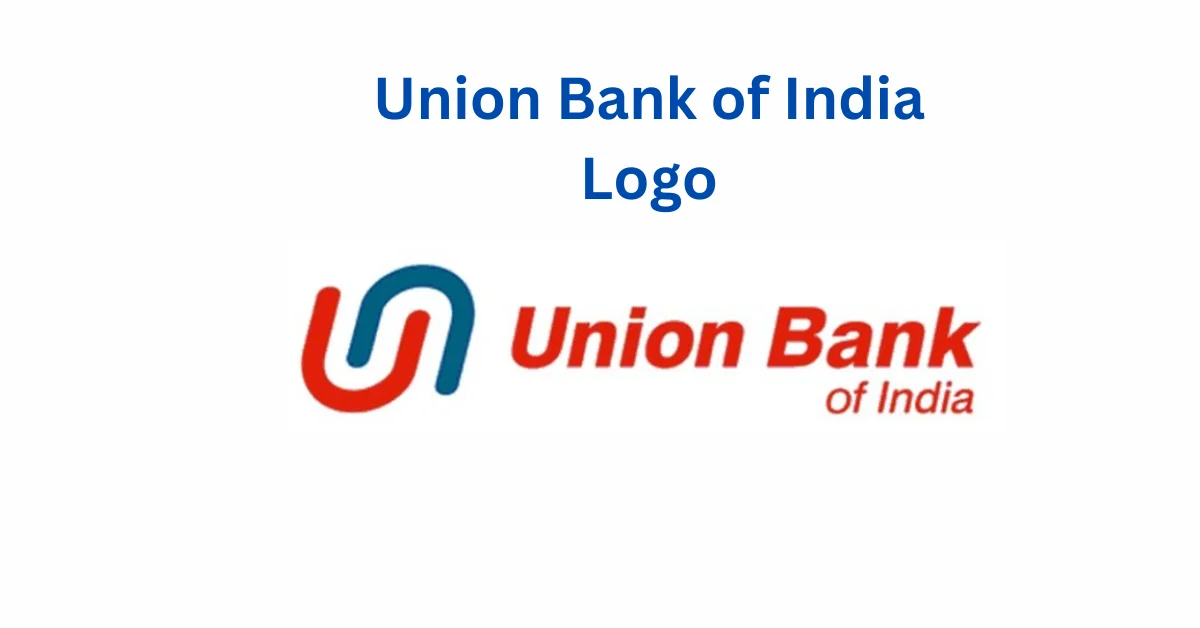
Established: 1919 in Mumbai, Maharashtra
Ownership: 83.49%
Branches: 9,315
Total Assets: ₹1,288,357.10 crore (US$160 billion)
Net Profit: ₹97,078.50 crore (US$12 billion)
Highlights: Union Bank of India is known for its widespread presence and diverse financial products and services, contributing to the economic growth of the nation.
Each of these banks has a unique history, regional focus, and contribution to India’s financial landscape, making them key players in the country’s banking sector.
